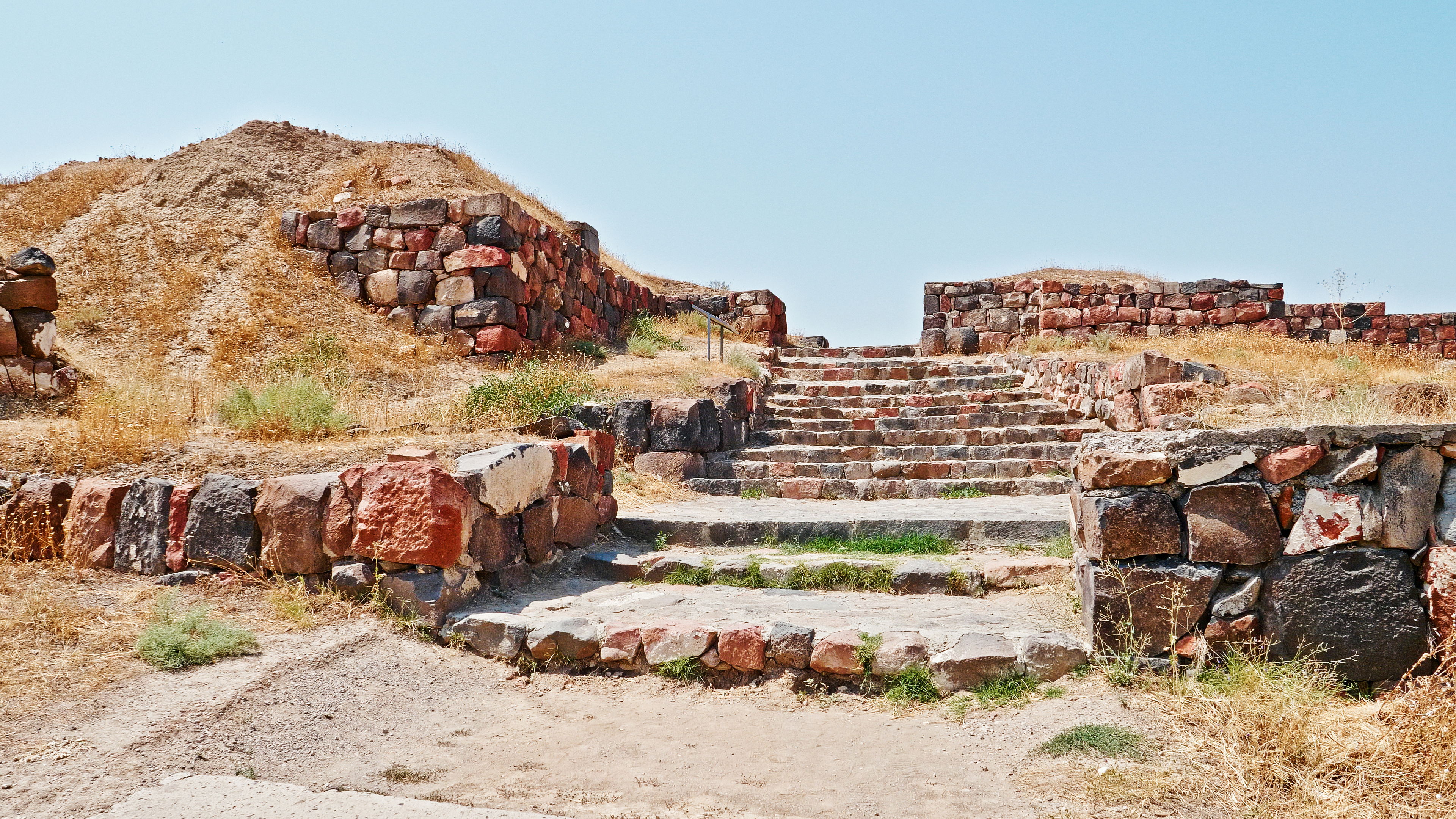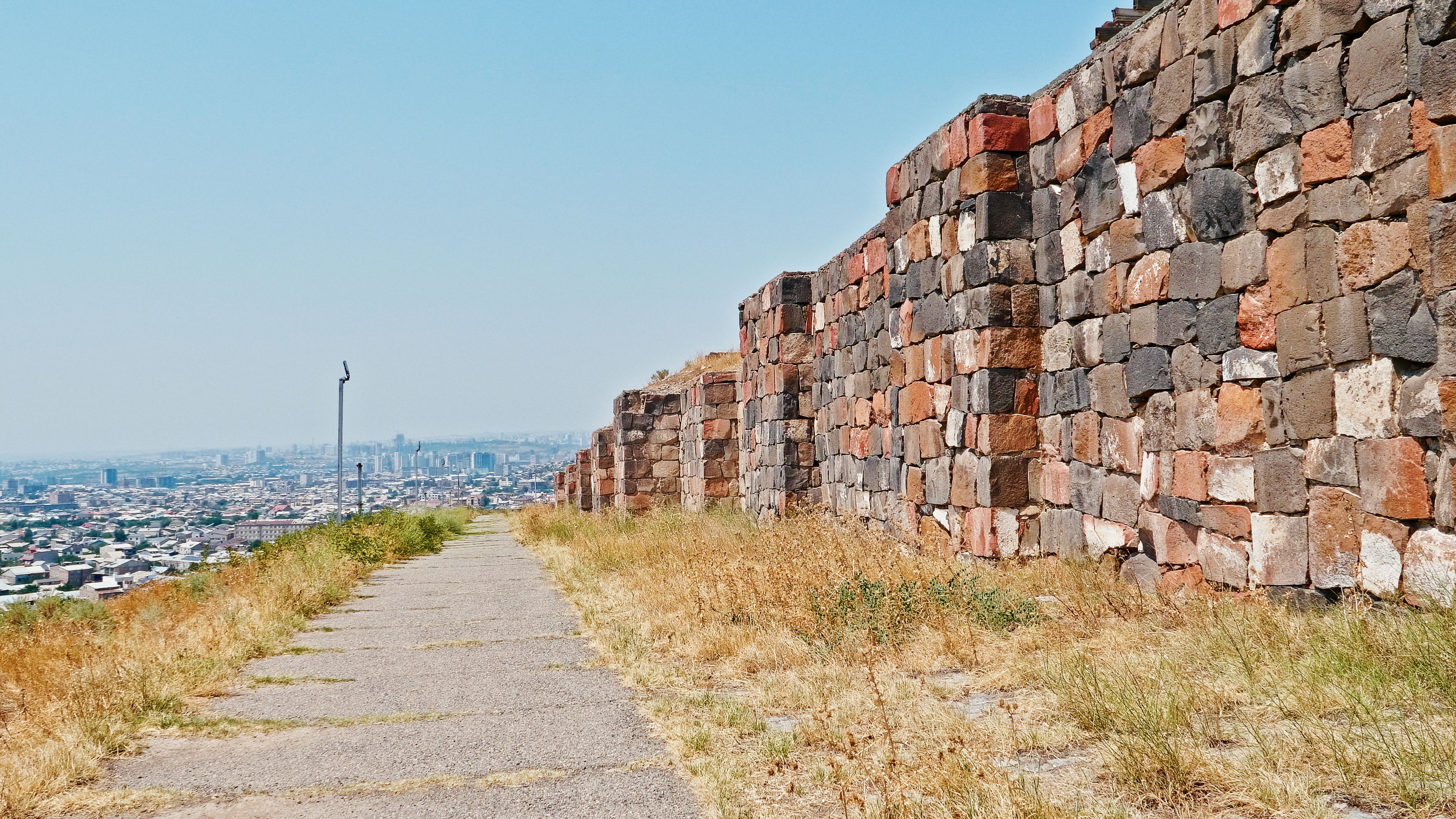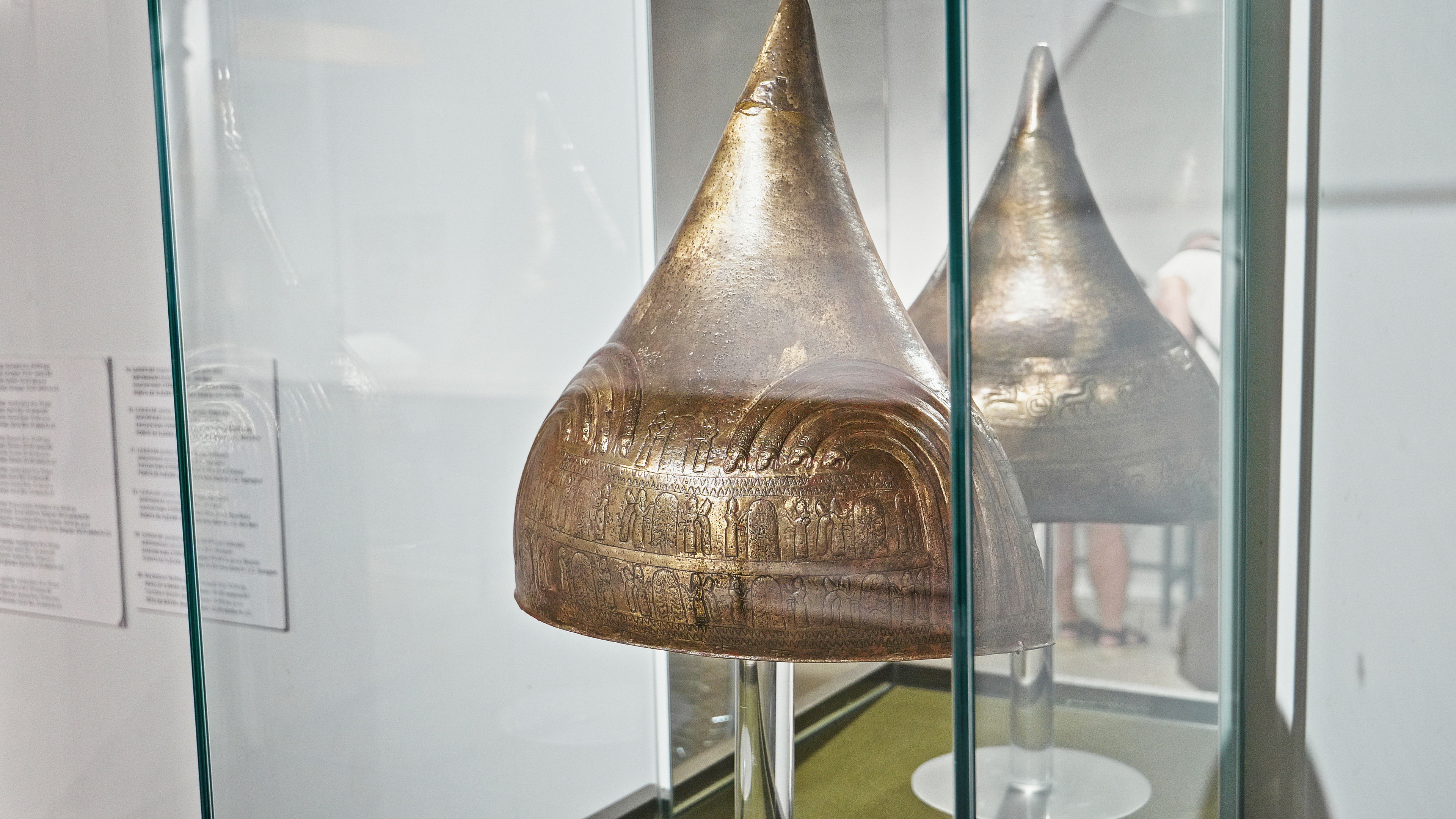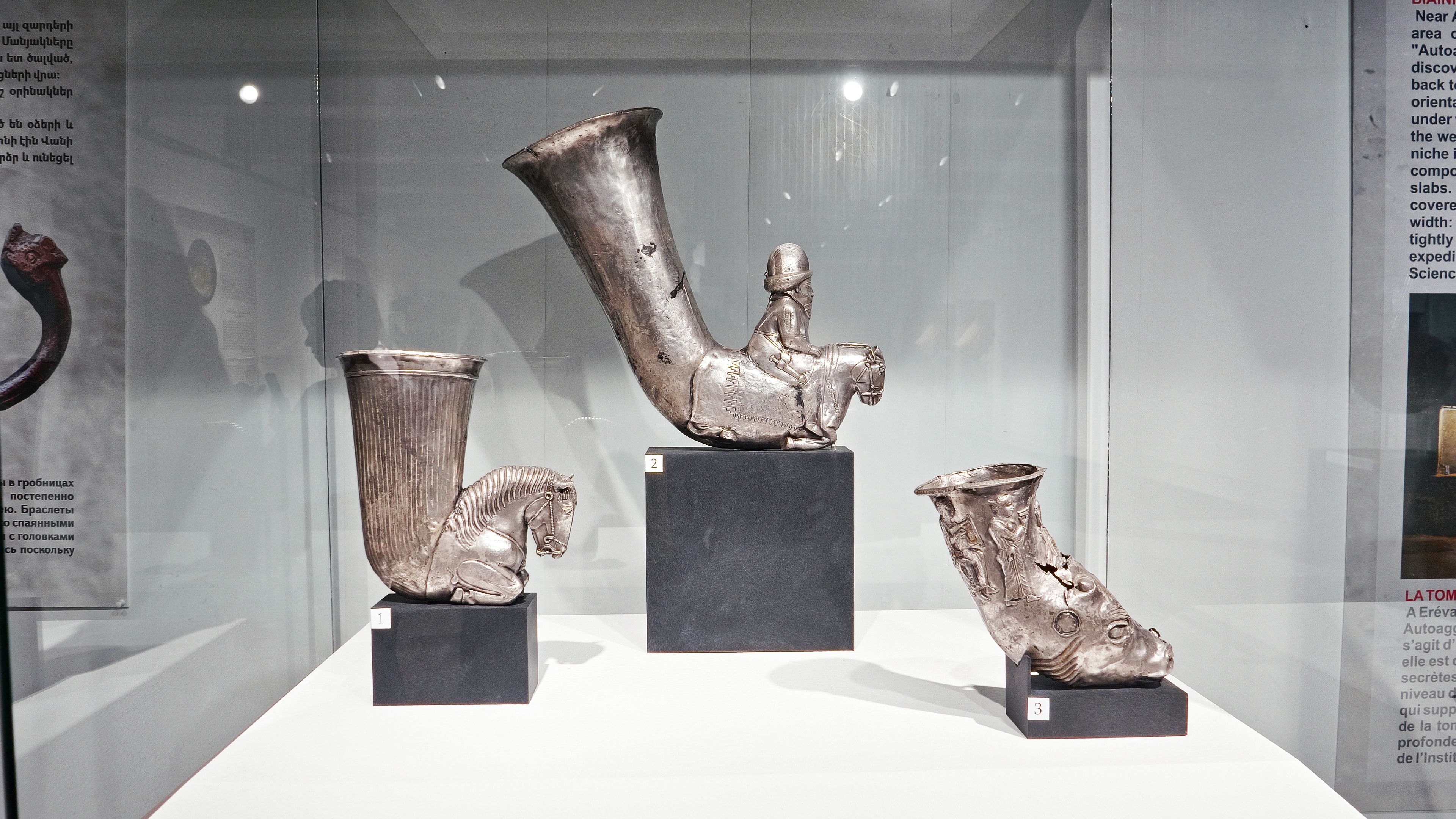Erebuni Fortress
Nestled atop Arin Berd hill, overlooking the vibrant city of Yerevan, stands the ancient Erebuni Fortress. This citadel, built in 782 BCE by King Argishti I of the Urartian Kingdom, is not just a ruin; it's the birthplace of Armenia's capital. Its name, Erebuni, is the very origin of modern-day Yerevan.

A cuneiform inscription discovered here provides the official record of the fortress's founding. It declares, "By the greatness of the God Khaldi, Argishti, son of Menua, built this mighty stronghold and proclaimed it Erebuni for the glory of Biainili (Urartu)."
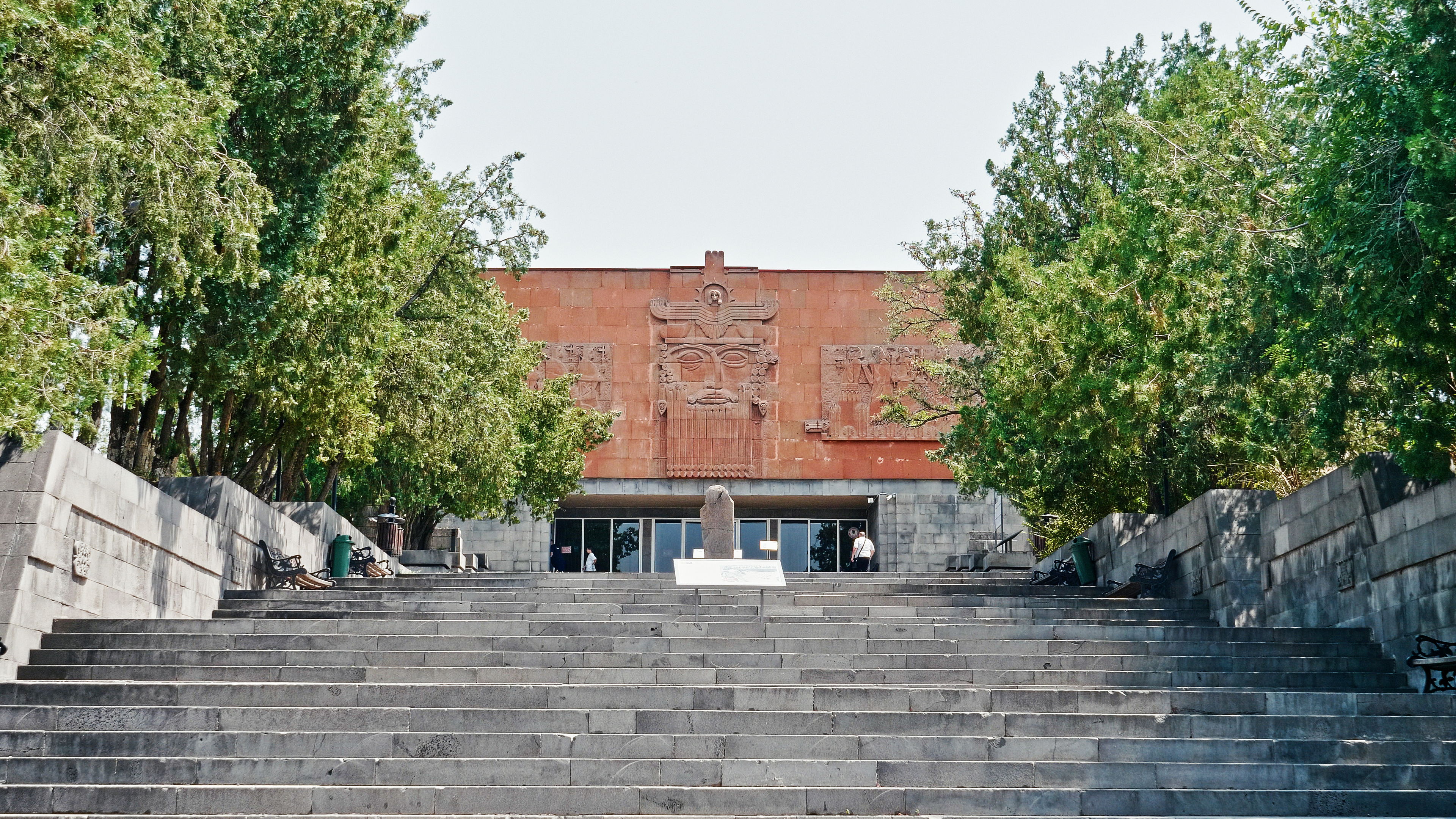
Walk among the reconstructed walls and you can trace the outlines of a sophisticated city. This was a strategic military and administrative center, complete with a royal palace, storage areas for grain and wine, and a grand temple dedicated to the god Khaldi. The very scale of the structure hints at the power of the Urartian kingdom.
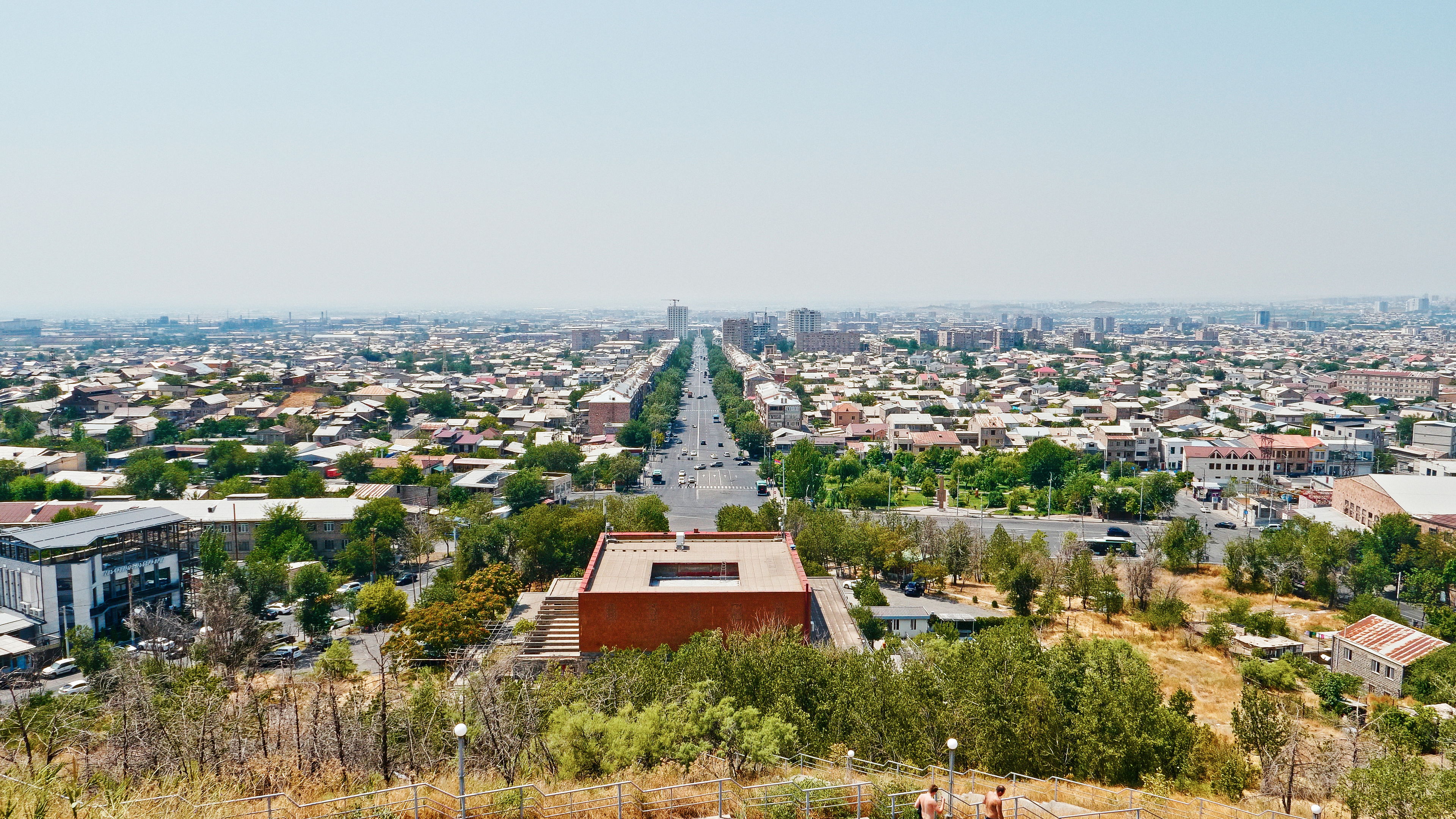
At the foot of the hill, the Erebuni Museum houses over 12,000 artifacts excavated from the site. Here, you'll see stunning frescoes that once adorned the temple walls, intricate bronze and ceramic items, and everyday tools that bring the daily life of this ancient civilization to life. The museum provides a vivid window into the art, culture, and history of a kingdom that shaped the foundations of a nation.
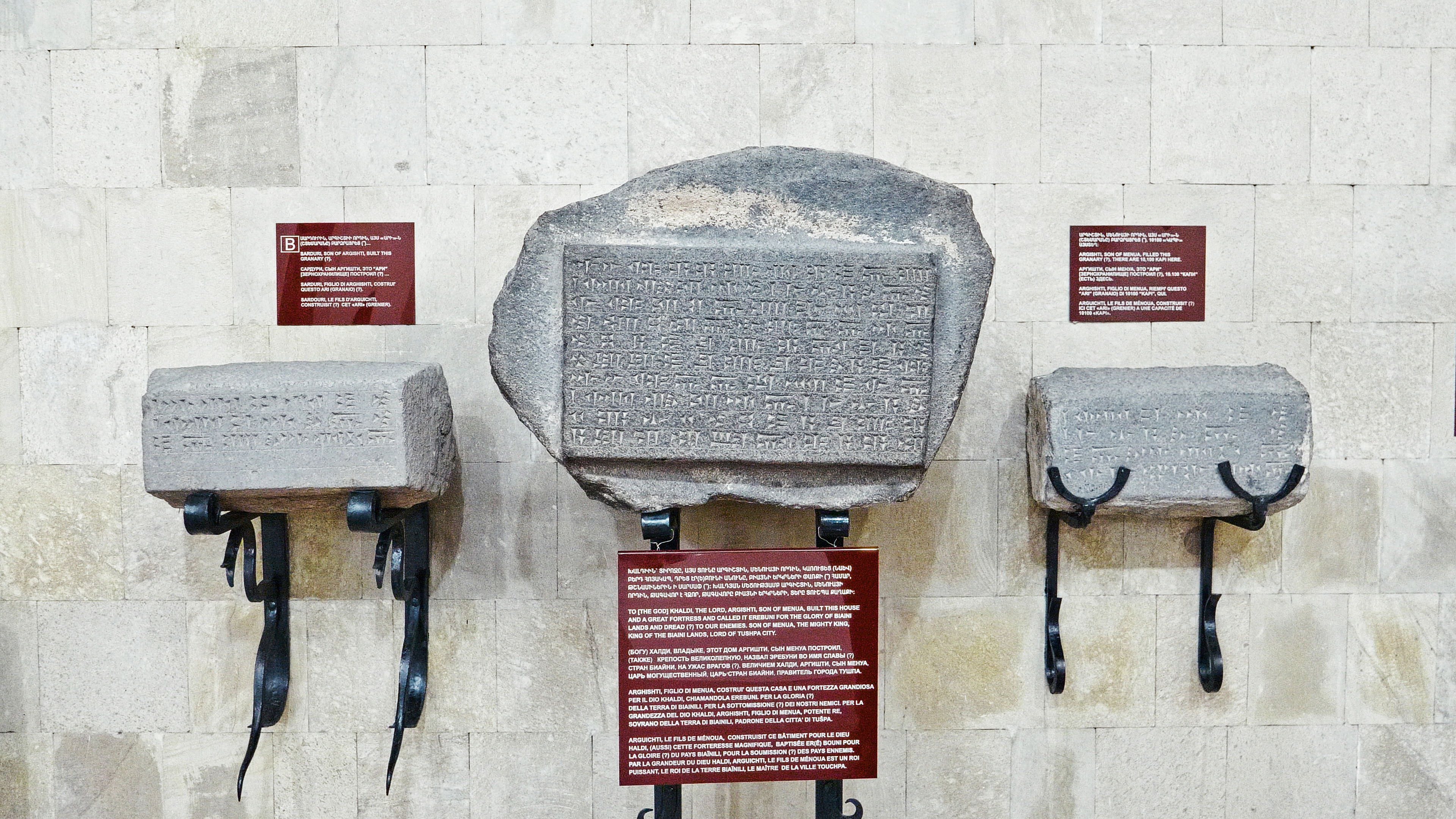
From the weathered stones of Erebuni to the bustling streets of Yerevan, this site is a powerful reminder of Armenia's enduring history. It's a journey back in time, connecting the past with the present in a single, breathtaking view.
